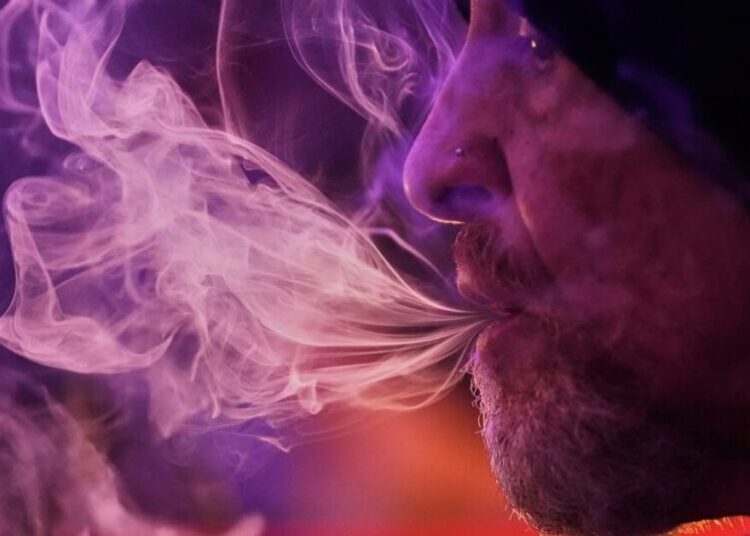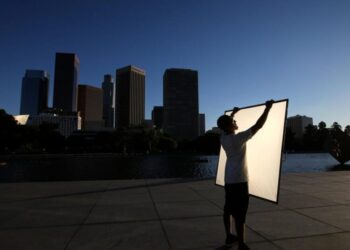Members of Syria’s Alawite minority on Tuesday staged one of the largest public protests against the government since the fall of the dictator Bashar al-Assad, after the community came under attack in a new outbreak of sectarian violence.
The protests followed a new escalation of sectarian tensions over the weekend in Homs, Syria’s third-largest city, set off by the grisly killing of a Bedouin couple. Members of the Bedouin community — a largely Sunni Muslim tribal network — retaliated with attacks on Alawite neighborhoods in Homs, setting fire to homes and property.
The Alawites, who make up about 10 percent of Syria’s population, practice an offshoot of Shiite Islam. The Assad family are Alawites and favored members of the community during decades of dictatorship.
Since Sunni Islamist rebels came to power in Damascus last year, many Alawites have been targeted in revenge attacks and felt excluded from the political process. The Bedouins largely support the new government.
The protests erupted along Syria’s Mediterranean coast, which has traditionally been the Alawite heartland. Thousands of demonstrators gathered in towns and cities in two coastal provinces — Latakia and Tartus — as well as in the neighboring provinces of Hama and Homs.
In Latakia, government security forces who were deployed to the area fired live ammunition to disperse demonstrators. Alawite neighborhoods in the area were closed off, according to the Syrian Observatory for Human Rights, a war monitor based in Britain.
It was one of the largest public protests by the Alawite community since the fall of Mr. al-Assad, according to the Observatory. Government security forces were deployed in the coastal region after the protests began, Syria’s state-run news agency, SANA, reported.
Despite efforts to stabilize Syria after nearly 14 years of civil war, President Ahmed al-Sharaa’s government has repeatedly struggled to prevent sectarian tensions from cascading into widespread bloodshed, with government forces and fighters loyal to the new authorities in Damascus also taking part in the violence.
There were no immediate reports of casualties, but gunfire was audible in footage verified by The New York Times, which also showed an injured man lying in a pool of blood.
The protests across Alawite-populated regions were called by Sheikh Ghazal Ghazal, an influential Syrian Alawite leader. He had appeared in a video demanding political self-determination for the community and an end to what he described as the “ethnic cleansing” of the country’s Alawites.
Earlier this year, a sectarian killing spree at the coastal provinces left at least 1,400 dead, according to Syrian officials, most of them Alawites. Since then, repeated outbreaks of sectarian violence have only deepened fears among Syria’s mosaic of ethnic and religious minorities.
Syria’s new government still does not have full control over all regions and has bucked calls by some minority groups to retain control over their areas.
Muhammad Haj Kadour and Malachy Browne contributed reporting.
Euan Ward is a Times reporter covering Lebanon and Syria. He is based in Beirut.
The post Minority Alawites Protest in Syria After Sectarian Attacks appeared first on New York Times.




